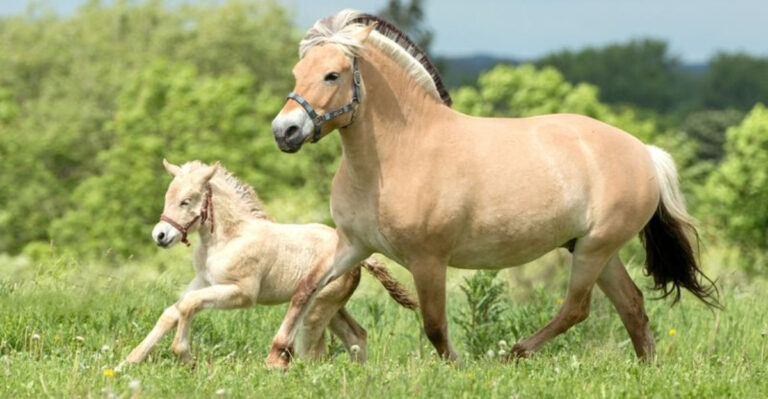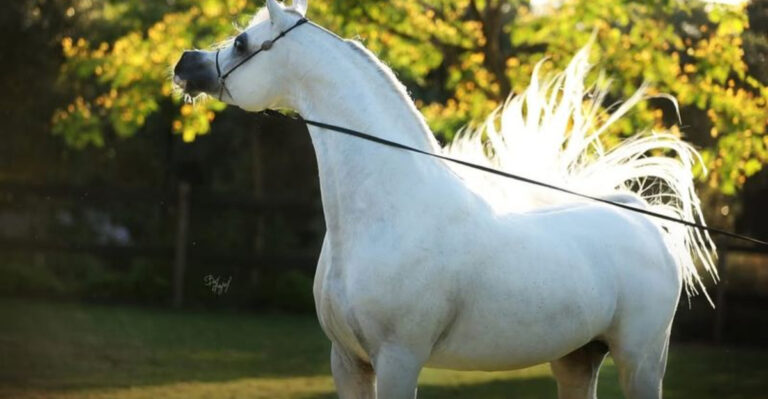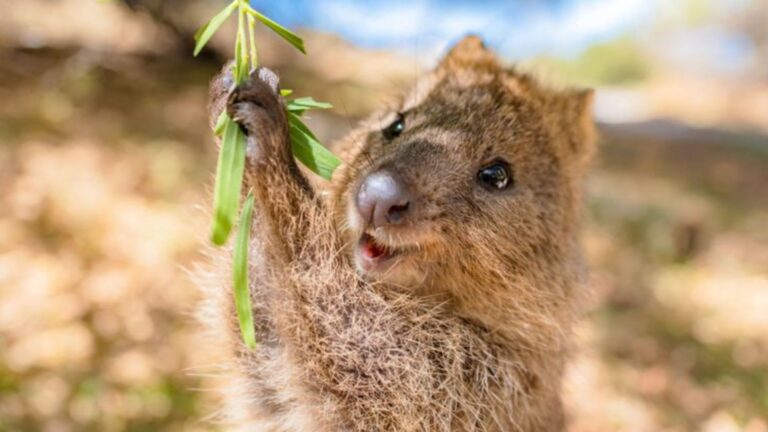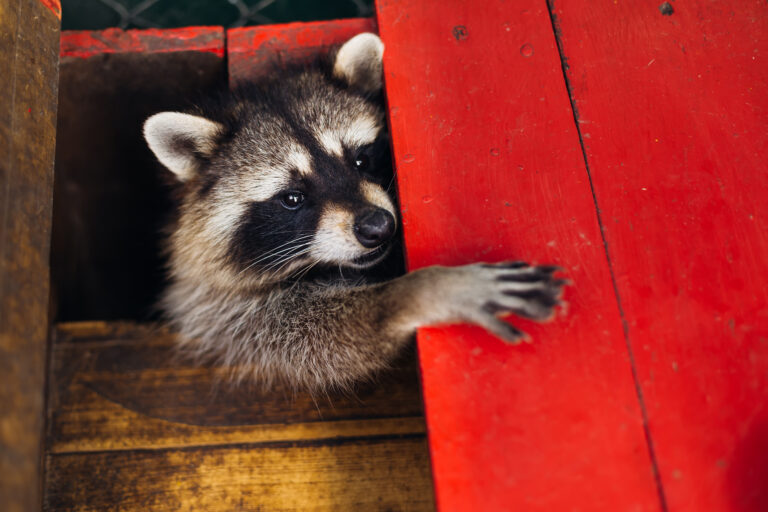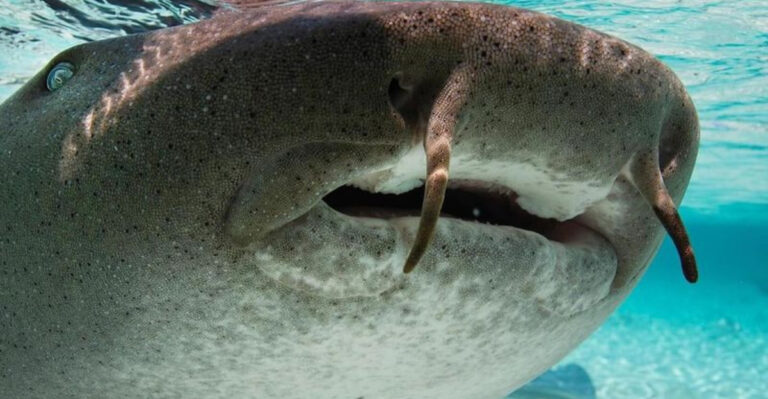Young Elk Outruns Wolves In Yellowstone With Incredible Speed
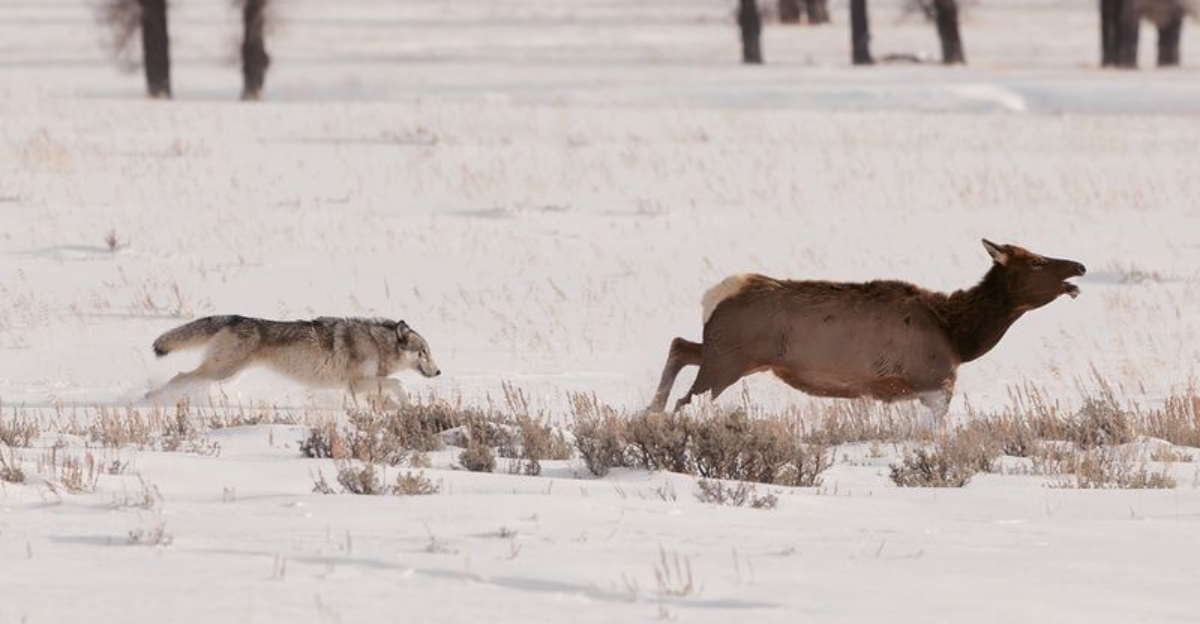
In the wild expanses of Yellowstone National Park, nature’s dramatic chase scenes unfold daily. Recently, a young elk calf became the star of an incredible wildlife moment when it outpaced a pack of pursuing wolves.
The heart-pounding escape showcased not just the remarkable speed of these hoofed mammals, but also the survival instincts that have evolved over thousands of years in this predator-prey relationship.
1. A Daring Escape: Elk Calf Outruns Wolves In Yellowstone
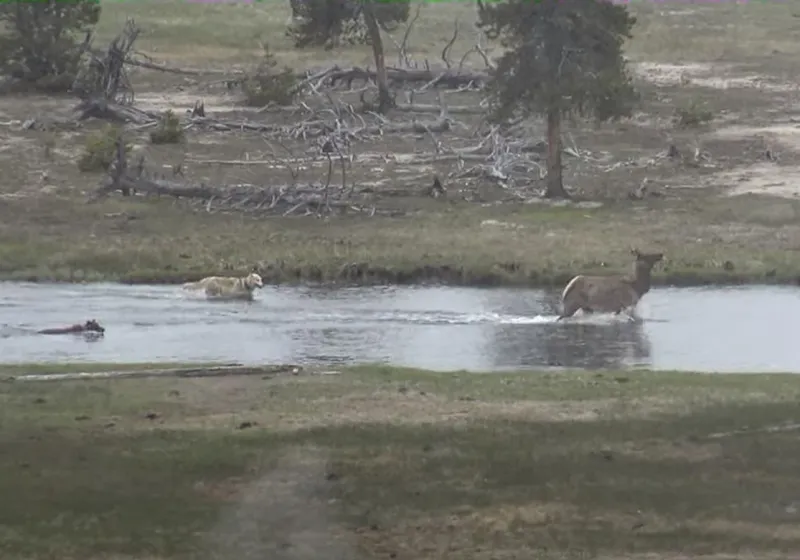
Survival instincts kicked in when a vulnerable elk calf found itself targeted by three hungry wolves. With its mother nowhere in sight, the young elk made a split-second decision that saved its life.
Plunging into a rushing river, the calf created distance between itself and the predators who hesitated at the water’s edge. This quick thinking allowed the exhausted youngster to reunite with its mother on the opposite shore.
2. Elk Are Faster Than You Might Think
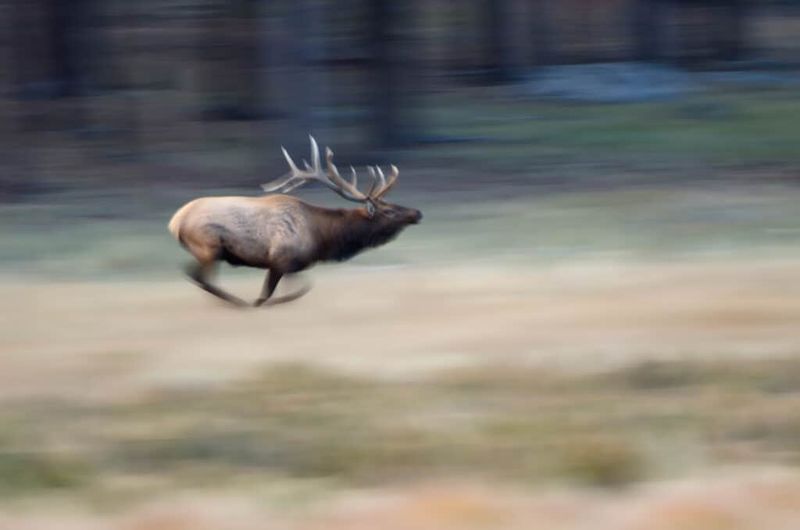
Speed means survival in Yellowstone’s wilderness. Adult elk can sprint at an astonishing 40 miles per hour when their lives depend on it—faster than the average car in a school zone!
Calves develop this quickness surprisingly early, reaching impressive speeds within their first weeks of life. Their long legs and powerful muscles work together, creating the perfect escape machine when wolves come calling.
3. Yellowstone’s Wolves Are Relentless Hunters
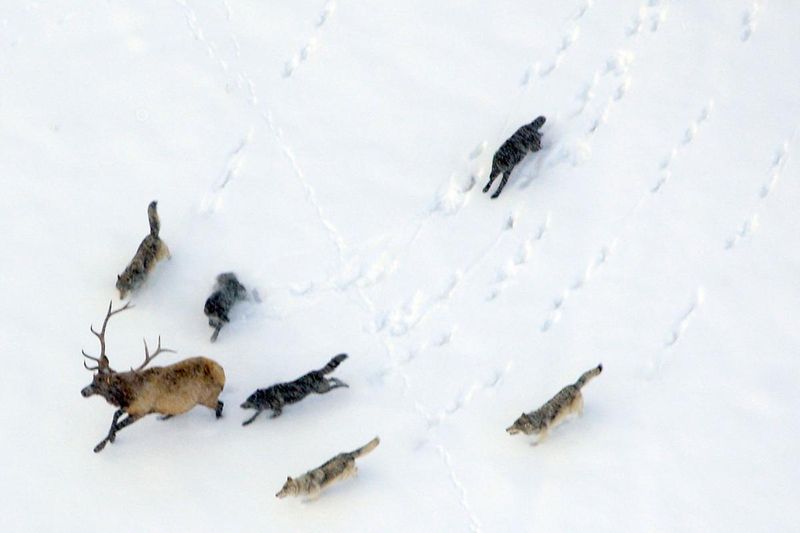
More than 100 wolves prowl Yellowstone’s vast wilderness, organized into territorial packs with sophisticated hunting strategies. For these predators, elk represent the prime menu option, making up about 80% of their winter diet.
Packs like the famous Wapiti wolves have perfected the art of isolating vulnerable individuals. They’ll patiently test a herd, looking for the young, old, or injured before launching their coordinated attack.
4. Elk Calves Are Born Runners
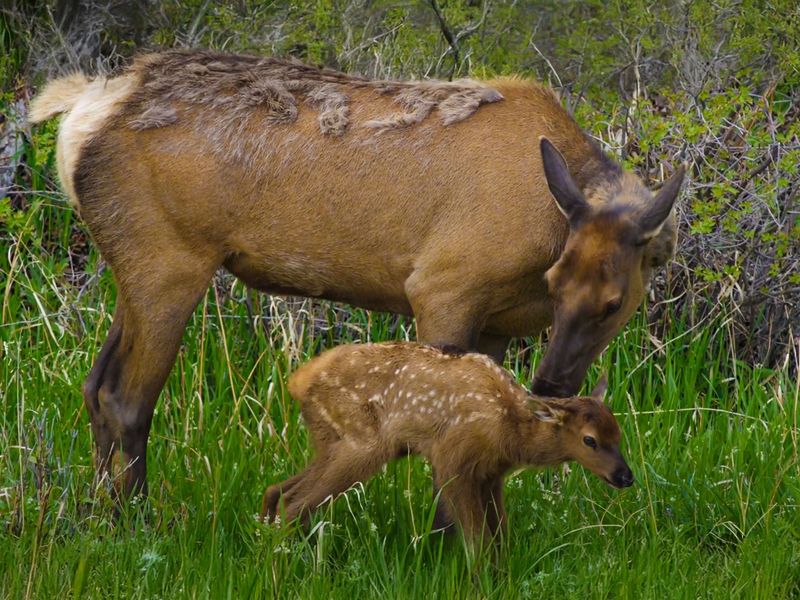
Mother nature doesn’t waste time when survival is at stake. Newborn elk calves can stand within 30 minutes of entering the world and walk shortly after—an evolutionary marvel that keeps them one step ahead of predators.
By their third day of life, these youngsters can already run. Their spotted coats provide camouflage in dappled forest light while they develop the speed and stamina needed for those inevitable future chases.
5. Rivers Can Be A Lifeline
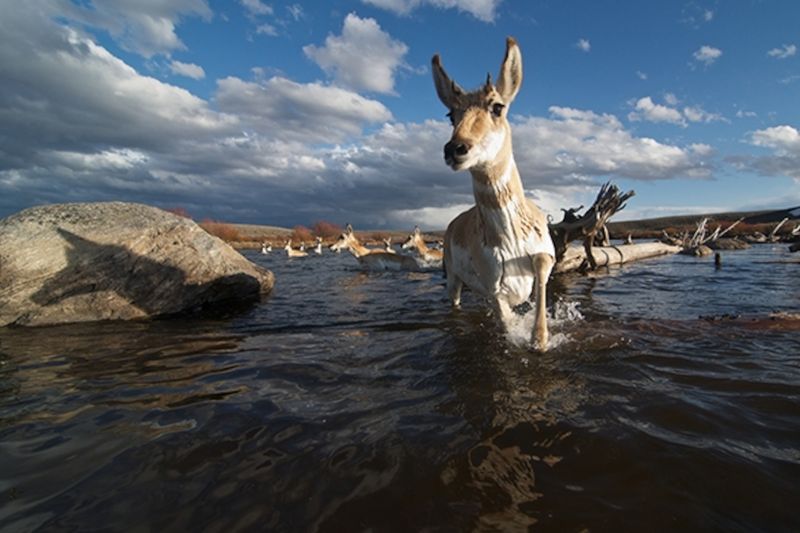
Water features prominently in elk survival strategies across Yellowstone. These powerful swimmers regularly cross rivers during seasonal migrations, moving between summer and winter feeding grounds.
For the lucky calf in our story, the river served as both obstacle and salvation. Wolves typically hesitate before plunging into fast-moving water, giving prey precious seconds to escape. Most predator-prey encounters near water end with the elk gaining valuable distance.
6. Predators Beyond Wolves
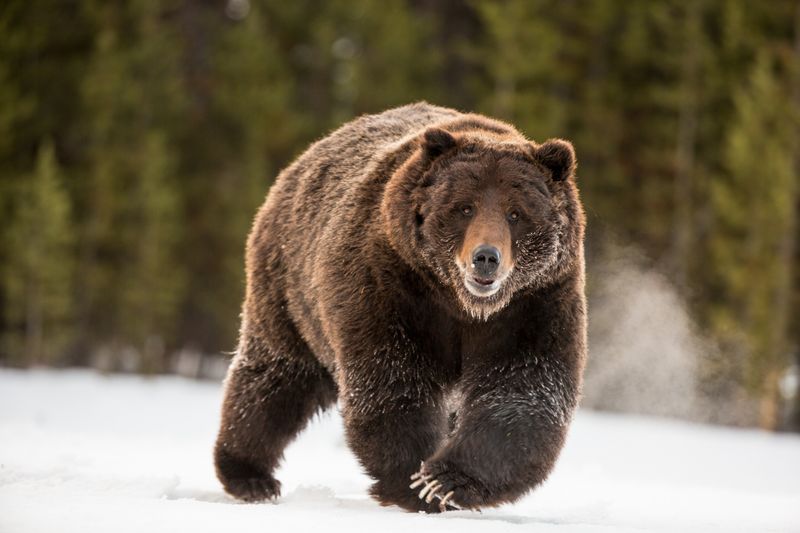
Life as a Yellowstone elk means facing dangers from multiple directions. Grizzly bears emerge hungry from hibernation just as calving season begins—a dangerous coincidence for newborn elk.
Mountain lions stalk from rocky outcrops, while coyotes work together to separate vulnerable individuals. Statistics show that only 30% of elk calves survive their first year, highlighting the gauntlet of predators they must evade to reach adulthood.
7. When Strength Matters More Than Speed
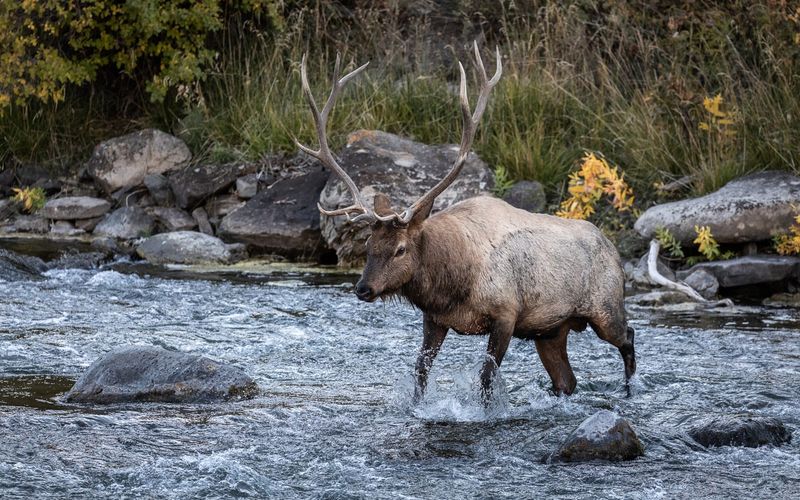
Bull elk showcase a different survival strategy altogether. During autumn’s rutting season, these 700-pound behemoths with massive antler racks stand their ground against wolves rather than flee.
A mature bull can fight off multiple wolves using powerful kicks and antler swipes. Wolves know the risks—a direct hit from those hooves or antlers can cause fatal injuries. This balance of power shifts dramatically depending on the elk’s age, health, and time of year.
8. The Role Of Herd Instincts
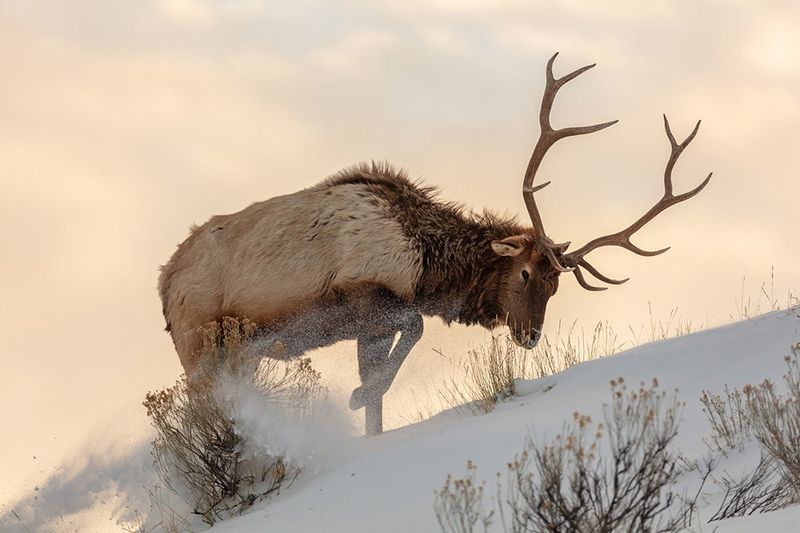
Yellowstone’s elk have developed sophisticated social behaviors that boost survival rates. When danger approaches, alert individuals stomp their hooves and emit high-pitched warning calls that travel across meadows.
Mothers with calves often band together, creating protective circles with young safely in the center. The herd’s collective vigilance means more eyes watching for predators and fewer successful wolf attacks overall. Safety truly comes in numbers for these remarkable ungulates.
9. Yellowstone: A Landscape Built For The Chase
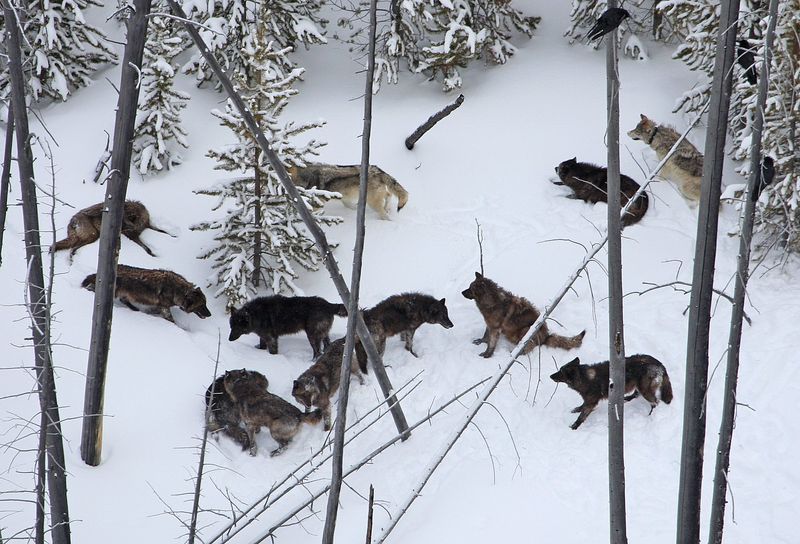
The varied terrain of America’s first national park creates the perfect stage for predator-prey drama. Open meadows allow elk to spot approaching wolves from a distance, while dense forests provide crucial hiding spots for calves.
River corridors serve as natural boundaries and escape routes. The park’s famous valleys—Lamar and Hayden—draw wildlife enthusiasts specifically to witness these high-stakes chases between wolves and elk, nature’s version of an action thriller playing out in real time.
10. Wolves’ Hunt Strategy: Endurance Over Speed
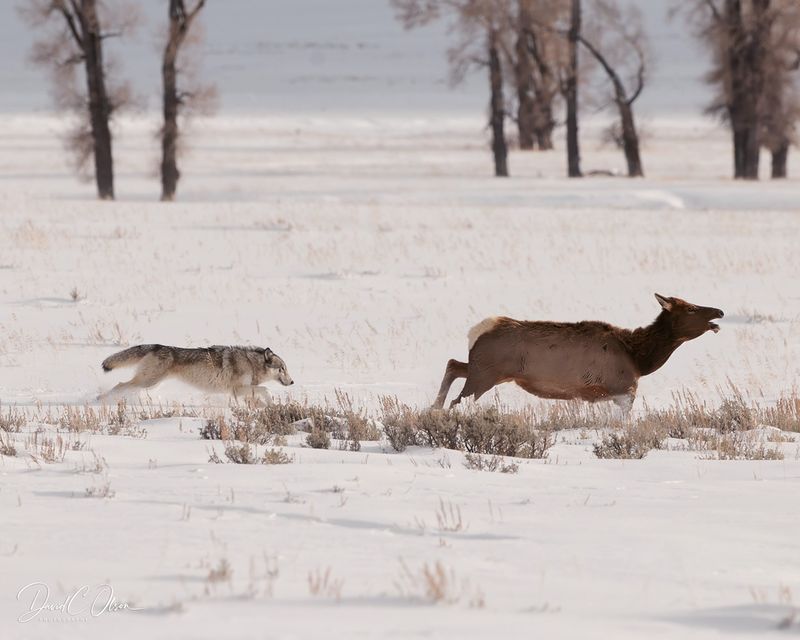
Contrary to popular belief, wolf hunts succeed through teamwork rather than pure speed. While wolves can briefly sprint at 38 mph, they’re built for the long game—sometimes tracking elk for miles across Yellowstone’s rugged terrain.
Pack members take turns pushing the prey to exhaustion. Researchers have documented hunts lasting hours, with wolves rotating positions to conserve energy. This strategy pays off against older or injured elk but often fails against healthy individuals who can outpace them.
11. Nature’s High-Stakes Game
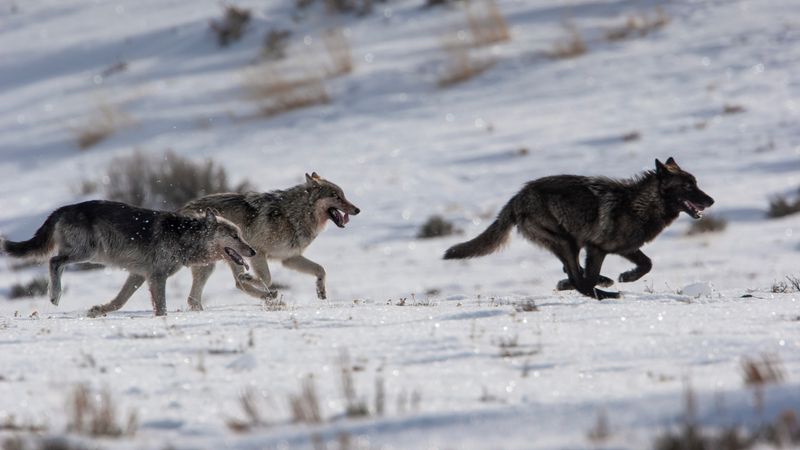
Every chase between Yellowstone’s wolves and elk represents an ecological balancing act refined over millennia. When wolves were reintroduced in 1995 after a 70-year absence, they triggered a cascade of changes throughout the ecosystem.
Elk populations adjusted, becoming more vigilant and mobile. Their altered grazing patterns allowed riverside willows and aspens to recover, bringing back beavers and songbirds. This delicate dance between predator and prey shapes the entire landscape in ways scientists are still discovering.
12. A Reminder Of Resilience
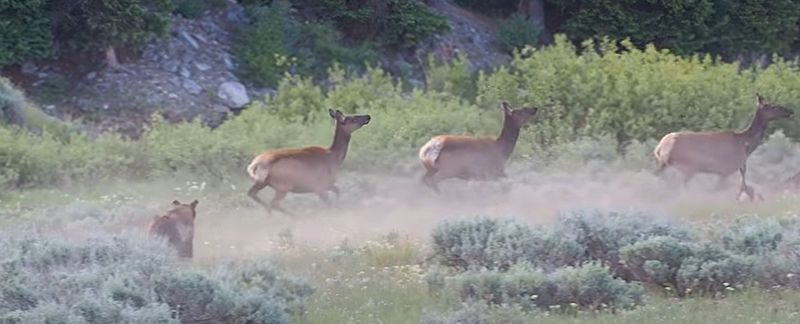
The young elk’s dramatic escape symbolizes the remarkable adaptations that allow prey species to persist despite constant threats. Natural selection has fine-tuned every aspect of the elk—from its powerful muscles to its keen senses.
For visitors lucky enough to witness such moments, these encounters provide a raw glimpse into nature’s unfiltered reality. The calf’s successful escape represents countless generations of evolutionary refinement, a living testament to life’s persistent drive to continue against all odds.

